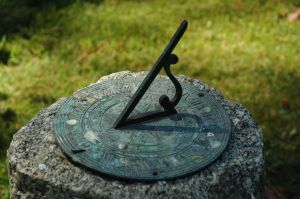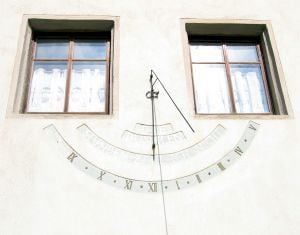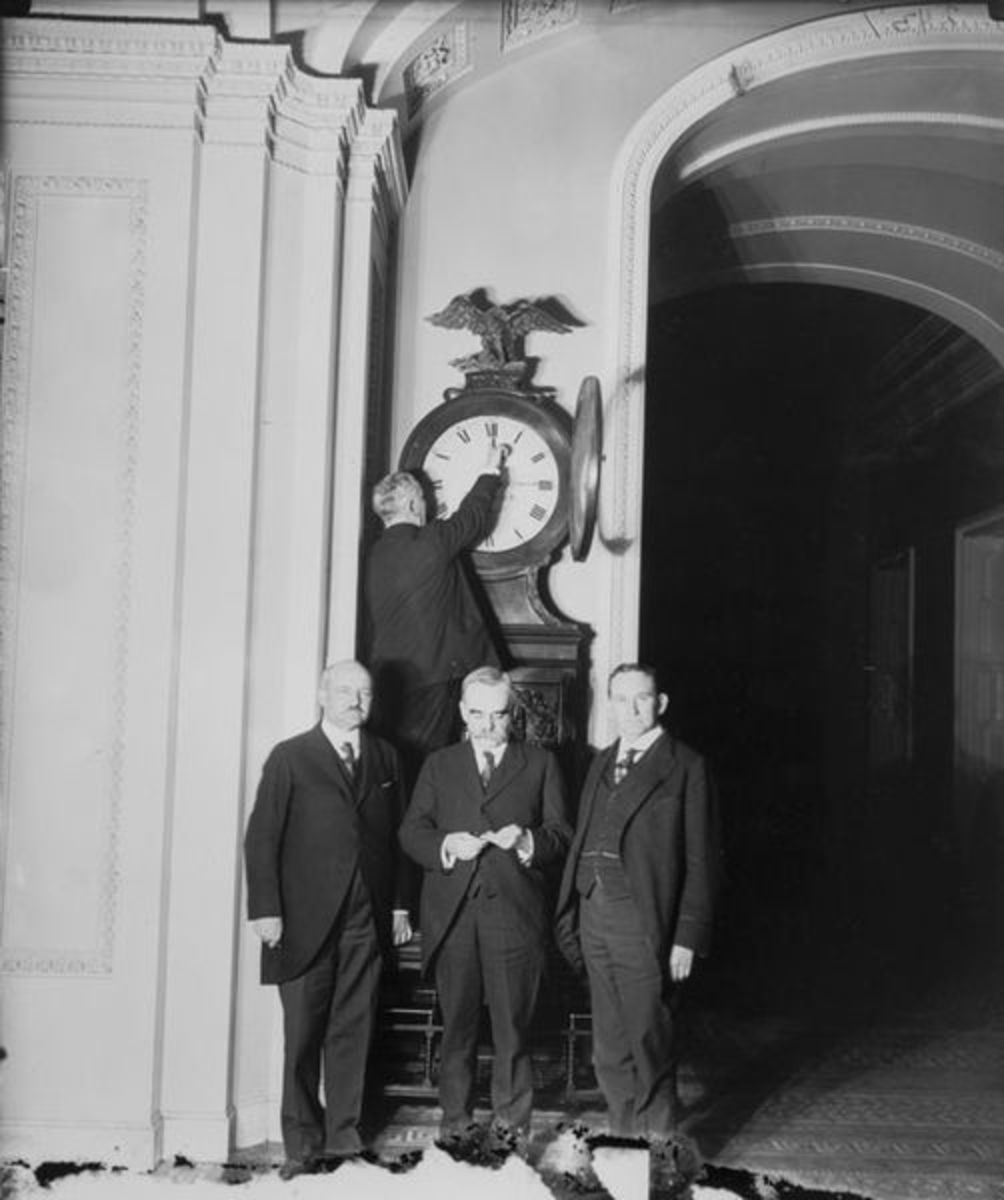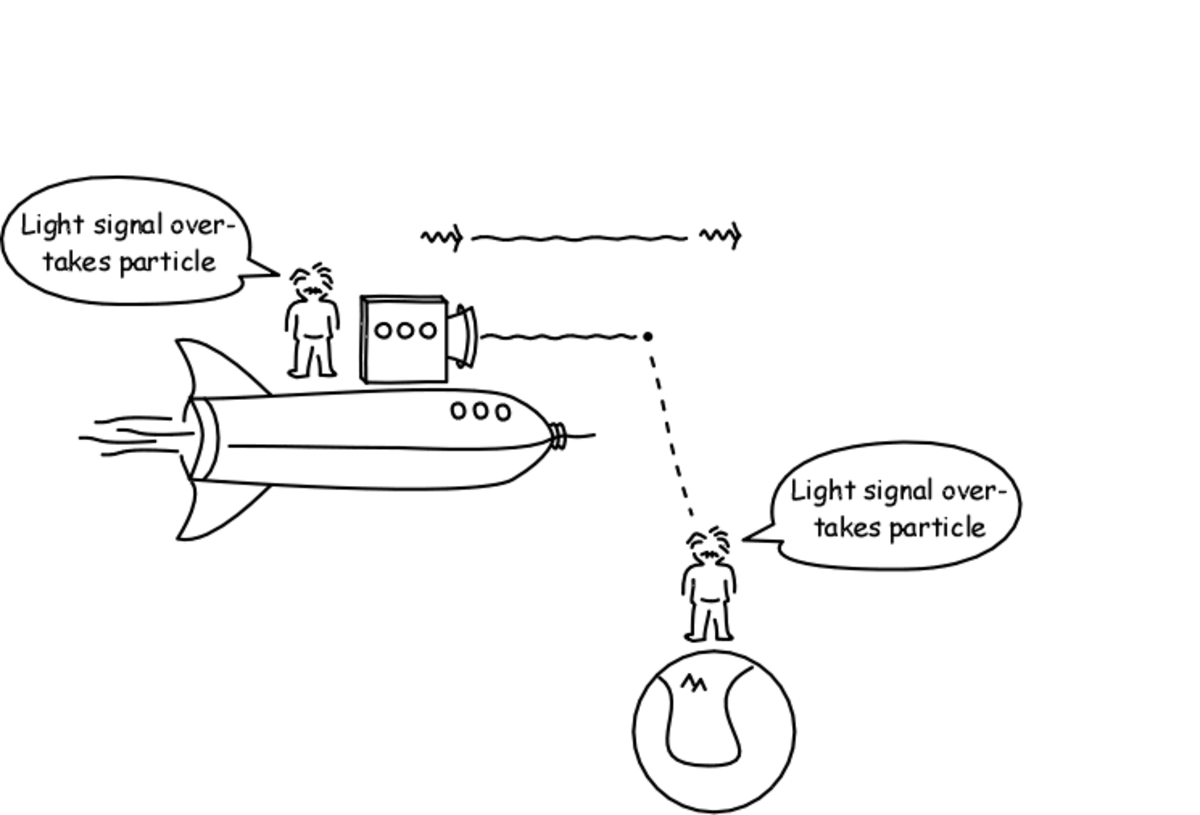Why Does Daylight Savings Time Keep Changing? - Time, Light, and Relativity
IIMPRESSIONS OF TIME
A cool summer's evening with wafting breezes,
Or an autumn night filled with warm earthen scents -
A blanket of velvet to lie upon,
And another covering the sky.
When one is having a refreshing sleep with pleasant dreams, one might wish the night to be longer than usual.
A Blanket of Peaceful Night
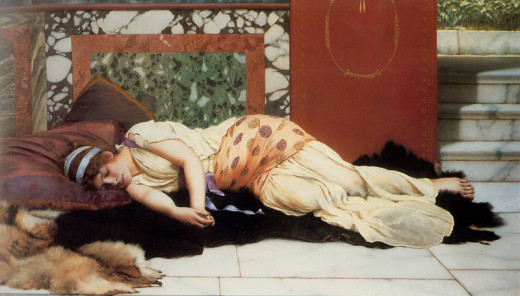
When farmers have a time limit on harvesting in order to beat the first freeze of the autumn season that might destroy their crops, they want more hours of daylight in order to be able to see what they are doing. These days, harvesters and combines can run by electric light at night, but this was not always so.
Some Farmers Continue to Work Through the Night
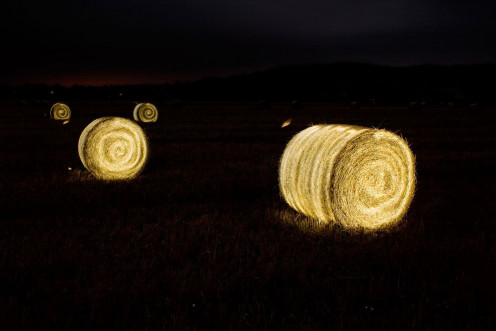
Some Use the Sun, Moon and Stars As Time
"Only the government would believe you could cut a foot off the top of a blanket, sew it to the bottom, and have a longer blanket."
...............................................Native American Criticism

Manipulating Time and Light, Then and Now
In 1996, the first photon was transported across an Arizona laboratory during the 30th anniversary year of Star Trek® and its transporters. In 2012, photons were transported 88 miles between two of the Canary Islands during May of the 46th anniversary year of Trek. It took 16 years for this to occur after the first photon transport. While we may never be able to transport living beings, what we have accomplished in this realm shows our ability at least to manipulate light and perhaps time. So does DST.
After Benjamin Franklin proposed the idea of Daylight Saving Time (DST) in 1784, farmers in the New Nation saw it as providing a chance to work later into the night during the planting and harvest seasons. DST may have been a boon to farmers from that time through the middle of the 20th Century, but it has created some obstacles to daily living and maintained a controversial air.
Not In Love With DST
Only the government would believe you could cut a foot off the top of a blanket, sew it to the bottom, and have a longer blanket.
Actually, the Koreans thought of this concept hundreds of years ago.
An ancient Korean writer created a poem that speaks of cutting the middle half out of the night once you reach it and putting it at the end to lengthen an encounter between lovers.
The Korean's idea is lovely and romantic, while the Native American proverb is sarcastic, but realistic.
History of DST
- Daylight Saving Time
In 1784 Daylight Saving Time was conceived by Benjamin Franklin during his time as an American delegate in Paris in 1784, in his essay,
Some workers are habitually late to the job on the day after both of the twice-yearly time changes associated with DST. During the autumn season, Americans set their clocks back om a particular date set by legislation. One would think that this should provide an extra hour of sleep that would help workers arrive on time to their jobs. However, some workers are still late that day, even if they are usually on time every other day. The trend repeats itself in the spring when we set hour clocks ahead and "lose" an hour.
The trend of tardiness had shown itself throughout the several different industries and occupations with which I have been involved - office jobs, schools, exercise classes, health and medical professions, and several others. Some individuals even become disoriented to the extent that they think they have gained or lost an entire day twice yearly when the time changes back and forth and subsequently miss important appointments. It reminds one of some of the effects of Shift Work Disorder, in that some individuals cannot tolerate shift changes well, no matter how small.It has to do with Circadian Rhythm, discussed in links below.

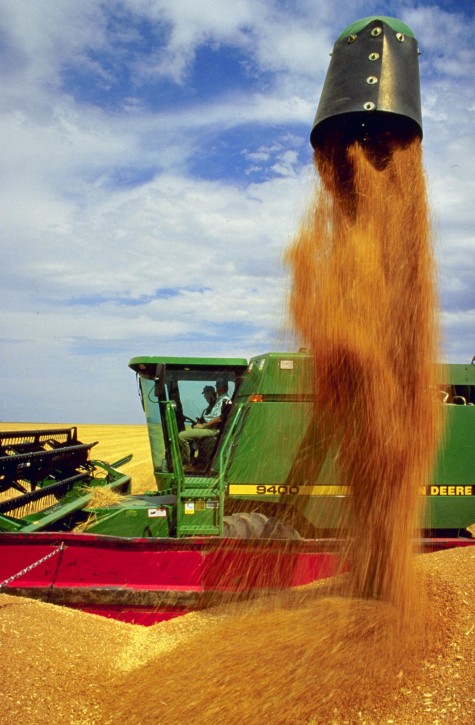
DST All Year?
Some folks would like to experience DST and more light at the end of the day all year long. In fact, this might help sufferers of SAD - Seasonal Affective Disorder. Watching the days become shorter can become depressing and for some individuals, it is easier to have darker mornings, knowing they can look forward to lighter evenings.
If it comes to that, why not begin everything like school and work one or two hours after sunrise all year long, no matter what time that was? That might present some problems for Americanas; however, Russians observe DST all year long.
During winter months in North America, we'd need street lights to be switched on in mid-afternoon. During summer months, we'd all be getting up much earlier, if we worked daylight hours. Friends in Nevada tell me that in many parts of that state, daylight appears at 4:00AM. Perhaps students would not like attending school at 6:00AM
Unfortunately, beginning work between 4 AM and 7 AM is a contributing factor to Shift Work Disorder and interruption of natural circadian rhythms in humans. This can make people very ill.
The US States and Territories that do not observe DST at all include Arizona, except Navajo Nation, Hawaii, American Samoa, Guam, Puerto Rico, and the Virgin Islands (reference: Information Please).
A movement to end Daylight Saving Time is also at work and discussed at standardtime.com.
No, no - CIRCADIAN Rythm, not Cicadian Rythm!

This Is a Human Circadian Master Clock, By Standard Time
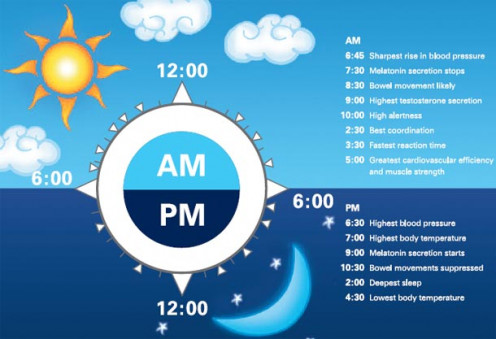

Nuts and Bolts of DST
Romantic or not, Daylight Saving Time (DST) is becoming more complex. Google alerts read in 2012:
"Daylight Saving Time (United States) began Sunday, March 11, 2012, 2:00am, and ends Sunday, November 4, 2012, 2:00am.Except Arizona and Hawaii. Move your clocks ahead 1 hour in spring and back 1 hour in fall ('Spring forward, Fall back')."
The law that gives us our current system of Daylight Saving and Standard Time (EST, CST, MST, PST, etc.) in each of the designated time zones across America is the US Energy Policy Act of 2005, Pub. L. no. 109-58, 119 Stat 594. The purpose of the act is to discover, conserve, and make the best use of energy in America.
Americans previously changed time forward sometime in April, but the public liked having more light at the end of the day earlier in the spring. In addition, farmers and home gardeners found that climate change was moving the first planting dates earlier into the new year. In fact, the planting and growing zones of America changed to reflect this change in 2012. Look at your own plant zones at the embedded link in the interactive map of all 50 US States.
An example of DST working well is the case of Ohio. In 2012, spring temperatures began in February and even previous to that, many area farms began planting as early as January. In 2011 and 2012, July was the hottest month, a change from August having the highest temperatures for many decades.
Harvesting has begun earlier for some crops in Ohio, but most berries still ripen in June. However, the growing season could easily extend from February through September, given enough rainfall, with harvest time extending from May through November. DST helps farmers harvest in the spring and autumn, but they have the use of electric lighting as well.
What is your area of the country like regarding DST? Please tell us in the Comments section.
American Time Zones
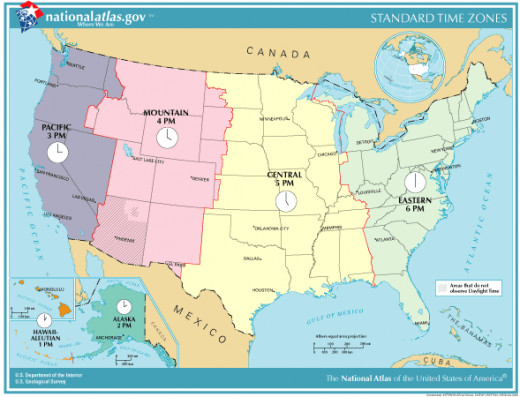

What Is Time?
Click thumbnail to view full-size


What is Time in your world?
What Is Your Favorite Time?
A City Divided
My World History teacher in 7th grade talked about DST and Eastern Standard Time with a chuckle. He shared with us how a time zone line went straight down the center of our city and county in Ohio during the 1940s. It was a sort of calamity, because it could be confusing.
My teacher's aunt had worked on the East Side of town and lived on the far West Side of town, crossing the time zone line twice daily. In the mornings her clock told her that she was arising an hour early for work, but in the evenings, she arrived home at about the same time she had left the school where she taught. It was handy to have an "extra" hour at home in the evenings, until the time zone line was moved into Indiana.
Indiana did not decide as a state to use DST until 2005-2006. Before that, the state was a crazy quit of time zones and DST-yes, DST-no.
I sense that there were days when no one in the state knew what time it was and imagine this made good material for David Letterman when he was a joking weatherman in his home state.
I remember the jolt of the time not changing in the summer of 2006, when I drove to Indiana from Ohio (95 miles and under 1.5 hours travel). I know longer gained an hour in Indiana.
Related Standard and Daylight Saving Time Change Dates through 2015 include:
- 2013: March 10 and November 3
- 2014: March 9 and November 2
- 2015: March 8 and November 1
To Indiana 95 Miles by Rt 40 and I-75

Time Zones of Canada and the Adjacent Subpolar Regions
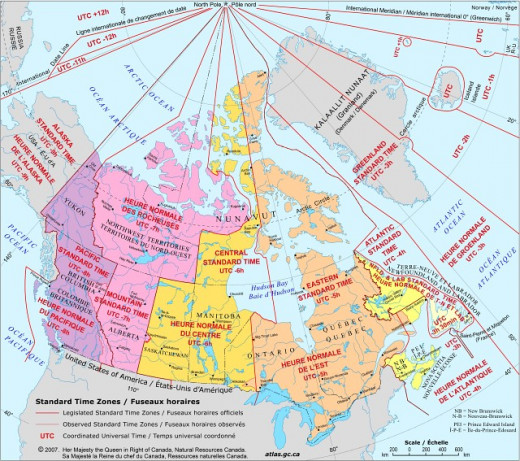
For Time Zones Around the Work, See
- Time Zone Map
The timeanddate.com Time Zone Map gives an overview of current local times around the world. It takes into account daylight saving time (DST) changes worldwide.

Einstein and Time
- The 30 Personas of Time in Einstein's Dreams
Einstein's Dreams -- by Alan Lightman, 1992. Adjunct Professor of Humanities, Creative Writing & Physics at MIT [Massacusetts Institute of Technology]. Human beings may be the only members of the animal kingdom to recognize the concept of time...


